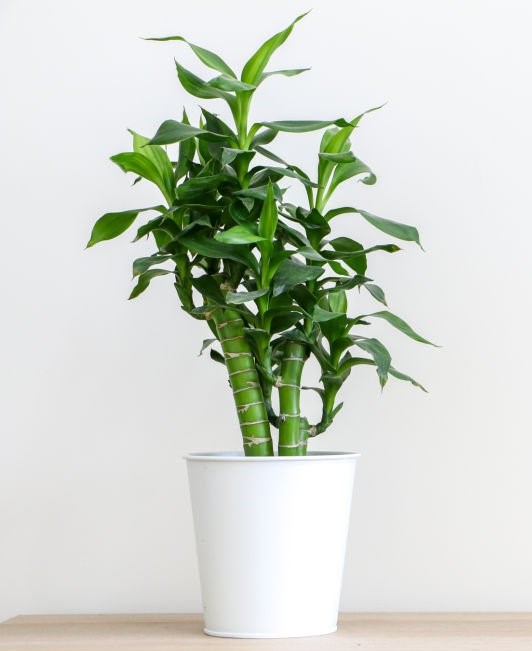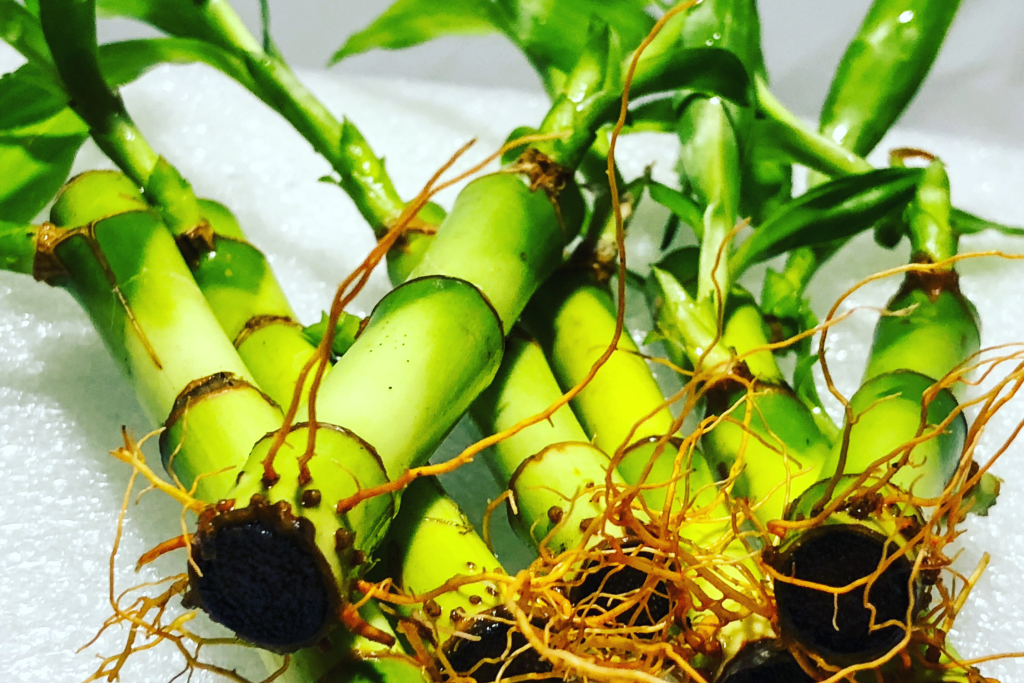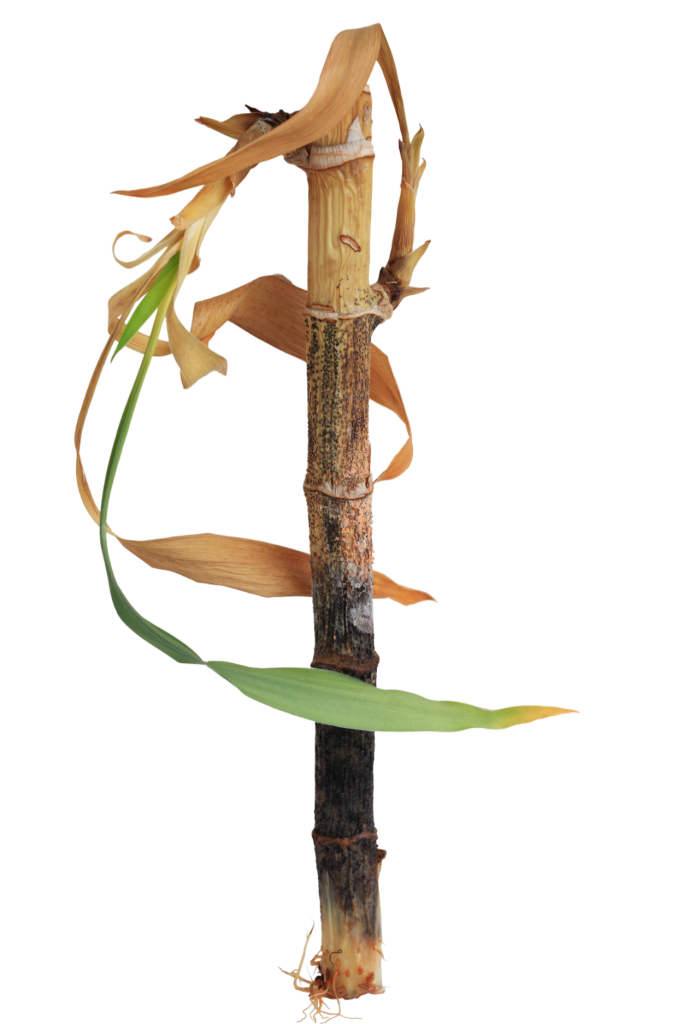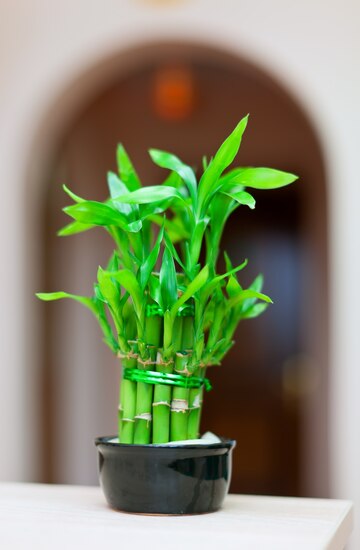
Lucky bamboo, scientifically known as Dracaena sanderiana, is a popular and easy-to-care-for indoor plant that has gained significant cultural significance beyond its botanical appeal. Known for its resemblance to bamboo but actually a member of the Dracaena genus, this plant is believed to bring good luck and positive energy according to Feng Shui principles. Whether you’re a seasoned plant enthusiast or a beginner looking to enhance your indoor space with greenery, lucky bamboo is an excellent choice. Here’s everything you need to know about growing and caring for this auspicious plant:
Overview of Lucky Bamboo
Lucky bamboo is native to tropical rainforests in Southeast Asia and Africa. It features long, slender stalks with lush green foliage arranged in a distinctive cane-like pattern. Here are some key characteristics and benefits of growing lucky bamboo:
- Symbolism: In Feng Shui, lucky bamboo is believed to bring prosperity, health, and happiness when placed in the correct arrangement.
- Adaptability: Thrives in low light conditions and can grow in either soil or water, making it versatile for various indoor environments.
- Low Maintenance: Requires minimal care and is resilient against neglect, making it ideal for busy lifestyles or beginners.
Growing Conditions
Light: Lucky bamboo prefers indirect light or filtered sunlight. Avoid direct sunlight, as it can scorch the leaves.
Temperature: Maintain temperatures between 65-90°F (18-32°C). It can tolerate slightly cooler temperatures but avoid drafts.
Watering: If growing in water, change the water every 1-2 weeks to prevent stagnation and root rot. If growing in soil, water when the top inch of soil feels dry.
Soil: Use a well-draining potting mix if planting in soil. Ensure pots have drainage holes to prevent waterlogging.
Fertilizing: Feed with a diluted liquid fertilizer once a month during the growing season (spring and summer).
Propagation
Lucky bamboo can be propagated through stem cuttings:

- Cutting: Trim a healthy stem with a sharp, clean knife. Place the cutting in water or moist soil until roots develop.
Common Issues and Solutions

- Yellowing Leaves: Usually caused by overwatering or too much sunlight. Adjust watering habits and move to a more suitable location.
- Mold or Rot: Ensure containers are clean and provide proper drainage to prevent fungal growth.
Decorative Uses
Lucky bamboo can be styled in various decorative arrangements:

- Single Stalk: Elegant in a tall vase or container, ideal for minimalist décor.
- Twisted Stalks: Braided or twisted stalks create a unique visual appeal.
- Arrangements: Combine with stones, pebbles, or decorative elements in water or soil-based displays.
Conclusion
Whether you’re drawn to its cultural significance or its aesthetic appeal, lucky bamboo is a versatile and easy-to-care-for plant that can thrive in diverse indoor settings. Embrace its symbolism of luck and prosperity while enjoying the beauty it brings to your home or workspace. With minimal care requirements and a variety of styling options, lucky bamboo is a wonderful addition to any indoor garden, bringing positive energy and natural charm to your living environment.



